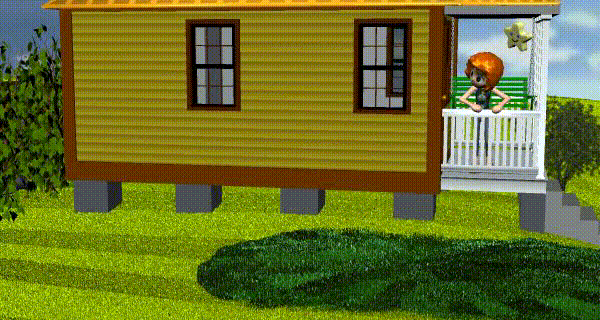Wednesday, February 08, 2012
Burble
Since I've been paying more attention to the outdoors I've been noticing California Quail on and around my tiny property.
A couple years ago I began to hear their distinctive call occasionally, and enjoyed the tone which reminds me of Martha Mears. Last summer a family of quail settled in a little micro-forest, about 30 by 8 feet, along the west side of my yard. This copse is bounded on the back by a fence and on the front by tall yellow roses. In between are a dozen narrow trees or shrubs. In summer the ground under this micro-forest is nicely shaded and cool; in winter it stays fairly dry; and the thorny roses block humans and dogs. Good shelter for a quail-sized animal.
Most likely the quail decided to stay when I was planting and reseeding the back yard to replace the trees and pine crap that had made the yard unusable. They consumed about half the seeds that I put down. Seemed like a fair bargain in exchange for the entertainment they provide. Plump critters marching around in formation with their cartoonish head-antennae bobbing up and down: just plain fun to watch. = = = = =
Related bit of science: Univ of Surrey is looking into the human impact of bird sounds.
= = = = =
Related bit of science: Univ of Surrey is looking into the human impact of bird sounds.
These quail produce one sound that soothes my soul. When foraging they burble together, sounding like 'wurp? wurp? wurp?' Unmistakable meaning even to my dull mammalian brain: We're all here. We're all here. We're all here. We're all here.
Humans don't make that sound, though I suppose small talk or humming while working may serve the same purpose.
Clearly there are common acoustic elements in the sounds emitted by most vertebrates, and there are common mechanisms in the cochlea and auditory system to detect these common factors. Hissing and growling are understood to signify danger. Infant sounds are universal, and most birds and mammals respond to them protectively.
And now we're back to the Grand Blueprint, aren't we?
= = = = =
Artistic note: this is the first real animation I've done in a while. Mostly I've been recycling old ones with a few variations. Feels good, and serendipity added some interest. Due to Poser's interpolation, the quail make some cute moves that weren't part of my explicit keyframing.
A couple years ago I began to hear their distinctive call occasionally, and enjoyed the tone which reminds me of Martha Mears. Last summer a family of quail settled in a little micro-forest, about 30 by 8 feet, along the west side of my yard. This copse is bounded on the back by a fence and on the front by tall yellow roses. In between are a dozen narrow trees or shrubs. In summer the ground under this micro-forest is nicely shaded and cool; in winter it stays fairly dry; and the thorny roses block humans and dogs. Good shelter for a quail-sized animal.
Most likely the quail decided to stay when I was planting and reseeding the back yard to replace the trees and pine crap that had made the yard unusable. They consumed about half the seeds that I put down. Seemed like a fair bargain in exchange for the entertainment they provide. Plump critters marching around in formation with their cartoonish head-antennae bobbing up and down: just plain fun to watch.
 = = = = =
Related bit of science: Univ of Surrey is looking into the human impact of bird sounds.
= = = = =
Related bit of science: Univ of Surrey is looking into the human impact of bird sounds.Listening to five minutes of birdsong every day can be said to help beat the winter blues, but what other benefits can it bring? A new three year research project that will look into the impact of birdsong on human wellbeing and behaviour is being launched today by the University of Surrey in partnership with the National Trust and Surrey Wildlife Trust.
These quail produce one sound that soothes my soul. When foraging they burble together, sounding like 'wurp? wurp? wurp?' Unmistakable meaning even to my dull mammalian brain: We're all here. We're all here. We're all here. We're all here.
Humans don't make that sound, though I suppose small talk or humming while working may serve the same purpose.
Clearly there are common acoustic elements in the sounds emitted by most vertebrates, and there are common mechanisms in the cochlea and auditory system to detect these common factors. Hissing and growling are understood to signify danger. Infant sounds are universal, and most birds and mammals respond to them protectively.
And now we're back to the Grand Blueprint, aren't we?
= = = = =
Artistic note: this is the first real animation I've done in a while. Mostly I've been recycling old ones with a few variations. Feels good, and serendipity added some interest. Due to Poser's interpolation, the quail make some cute moves that weren't part of my explicit keyframing.
Labels: Grand Blueprint, Heimatkunde
